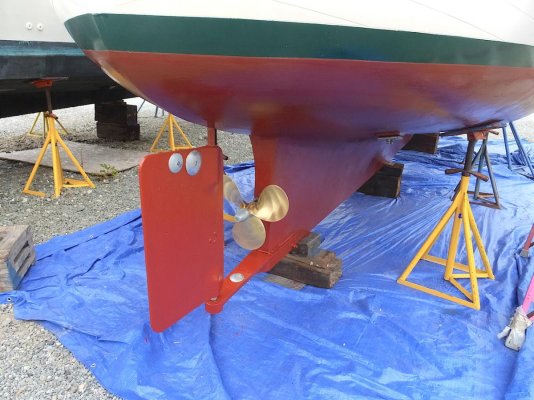1976mako20
Member
I need a lesson on articulating rudders! I saw a boat for sale where the owner claims he spent 7k on it and it works better then a stern thruster?? Can y'all elaborate on this? I'm trying to learn. Never really knew what the pros or cons where on this, for in all my boating years, I never really even knew what one really was!

